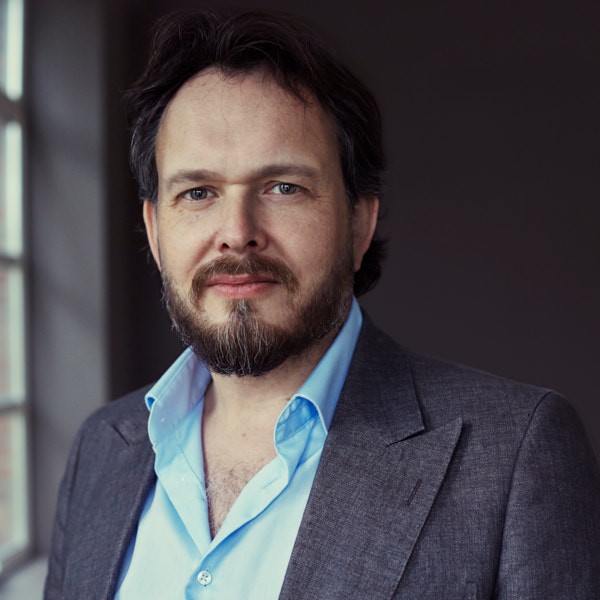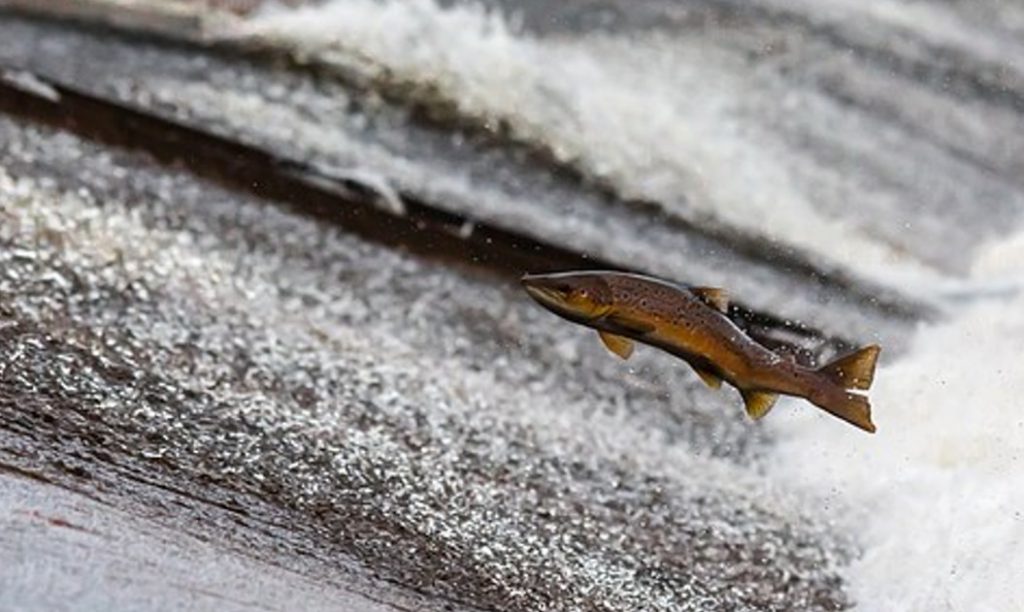Your team may not consider themselves creative, but everybody has ideas. Between 60 and 80 thousand thoughts buzz through our heads each day, meaning a team of 10 has around 25,000 to 3,3000 thoughts in a one-hour meeting. Even more conservative estimates put the daily figure at around 50k; slash the meeting time to 30 minutes and we’re still looking at 10,000 potential ideas in one brainstorming session.
Lots of these are irrelevant: white water in our ongoing stream of sub-consciousness. Once in a while, though, we flash on something insightful—a salmon—that will help us solve a challenge.
But how can we create the conditions for more of these moments? How do we catch more metaphorical salmon? Here are three different ways: you can calm the waters, set the scene, or paddle out.
1. Calm the Waters
Getting people in the right mindset beforehand will make your brainstorming sessions much more productive. With an influx of information constantly bombarding us each day, we’re often overloaded. It can be difficult to detect that salmon flash when it comes past.
Calm the waters by starting fresh. Switch off your electronics and give everyone a chance to focus on their breathing. Slowing the waters means less foam, more clarity, and readies people for active listening.
A walk outside together or some relaxed quiet before your session means people aren’t forced to switch instantly from what they were doing. It helps clean up attention residue so their minds aren’t still half taken up by the preceding task.
2. Set the Scene
I’ve always found conventional boardrooms to be creativity dampers–often reinforcing hierarchical thinking. Ideas need physical space to come to life, and people need to connect to collaborate. Collective intelligence means being able to speak and listen to others; in turn, this requires a co-working space—not a room for presentations.
The more inviting your space, the more easily ideas will flow. Think of it this way: a room with one whiteboard is designed for content delivery, for one thinker at a time. Provide supplies – with multiple whiteboards and markers, you make room for different ideas to get the attention they deserve. And don’t just make the room look pretty: it should be more like an artists workshop! This way, people can open up and cross-fertilize their thoughts; they can spot something that speaks to them and tap in if it helps.
Restrictive settings make for stifled thinking, so be proactive about your brainstorming space. Ask yourself, “Is this a passive, or active space?”
3. Paddle Out
Paddling out requires effort; as a facilitator or as a leader, it’s about getting active to spark ideas. There are myriad exercises to foster creativity, but one of my favorites is Random Object Stimuli. It works brilliantly when you know your challenge or goal already, but want to generate as many ideas as possible for getting there.
Pick a random object—any object—and some Post-It Notes for your team, then get paddling:
– Place your random object in the center of a large blank canvas where everyone can see it. The object you’ve chosen is your stimulus, and your team will need to keep it in sight while thinking about the challenge.
– At this point, I tell everyone to think freely without trying to search for an answer to the challenge. When they think of something, they should write it down. It helps to start with the characteristics of the object on the canvas, or alternatively—what it isn’t.
– After a while, take a break. This creativity explosion needs a little time to settle before your team can refine their ideas, pick out the ones with potential, and see what’s new on the table.
This encourages free associations and interconnections that would not have popped otherwise. At the very least, thoughts and ideas that represent different things besides white water. You might have metaphorical toy boats floating past, but you will have generated enough ideas to get outside the usual, tried-and-tested possibilities.
When we brainstorm, we’re after new, useful, and feasible ideas. If we’re stuck thinking along the same old lines, it might be time to push the envelope with these concepts. Generating lots of fresh ideas is just a first step, but it’s a great way start when you’re hoping to come at challenges from an untried, uncharted angle.
I recommend our Open Space meeting facilitation if you’re thinking about brainstorming as part of your inclusive strategy. Or if you simply love talking ideas as much as I do, reach out to me on our Time To Grow Global LinkedIn!

Govert is Time To Grow Global’s Managing Partner, specializing in Strategy Facilitation, Leadership development and Organisational performance. Reach him on our Time To Grow Global LinkedIn.



